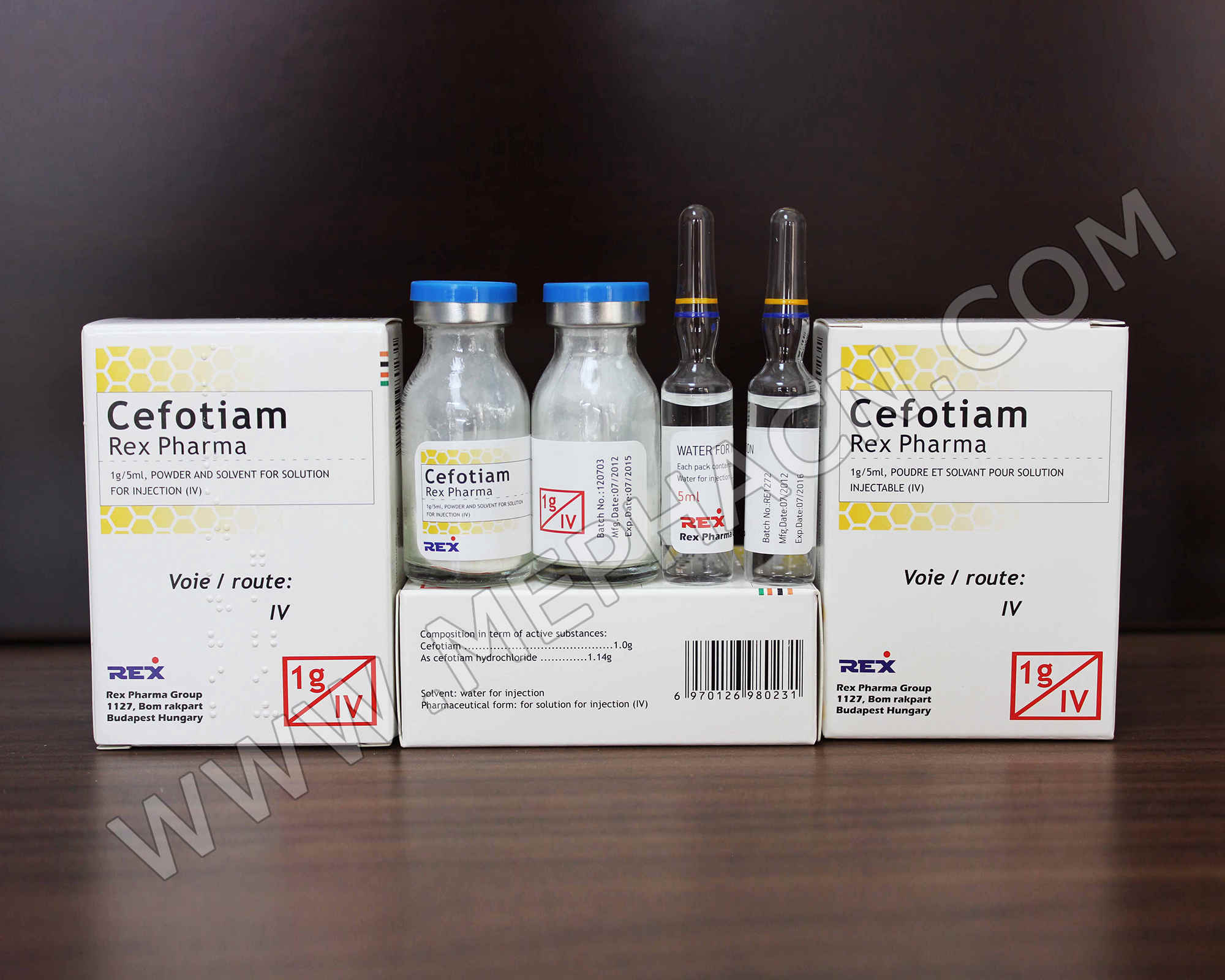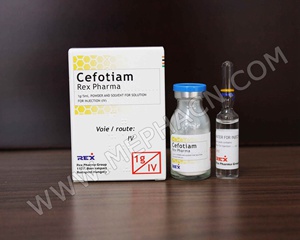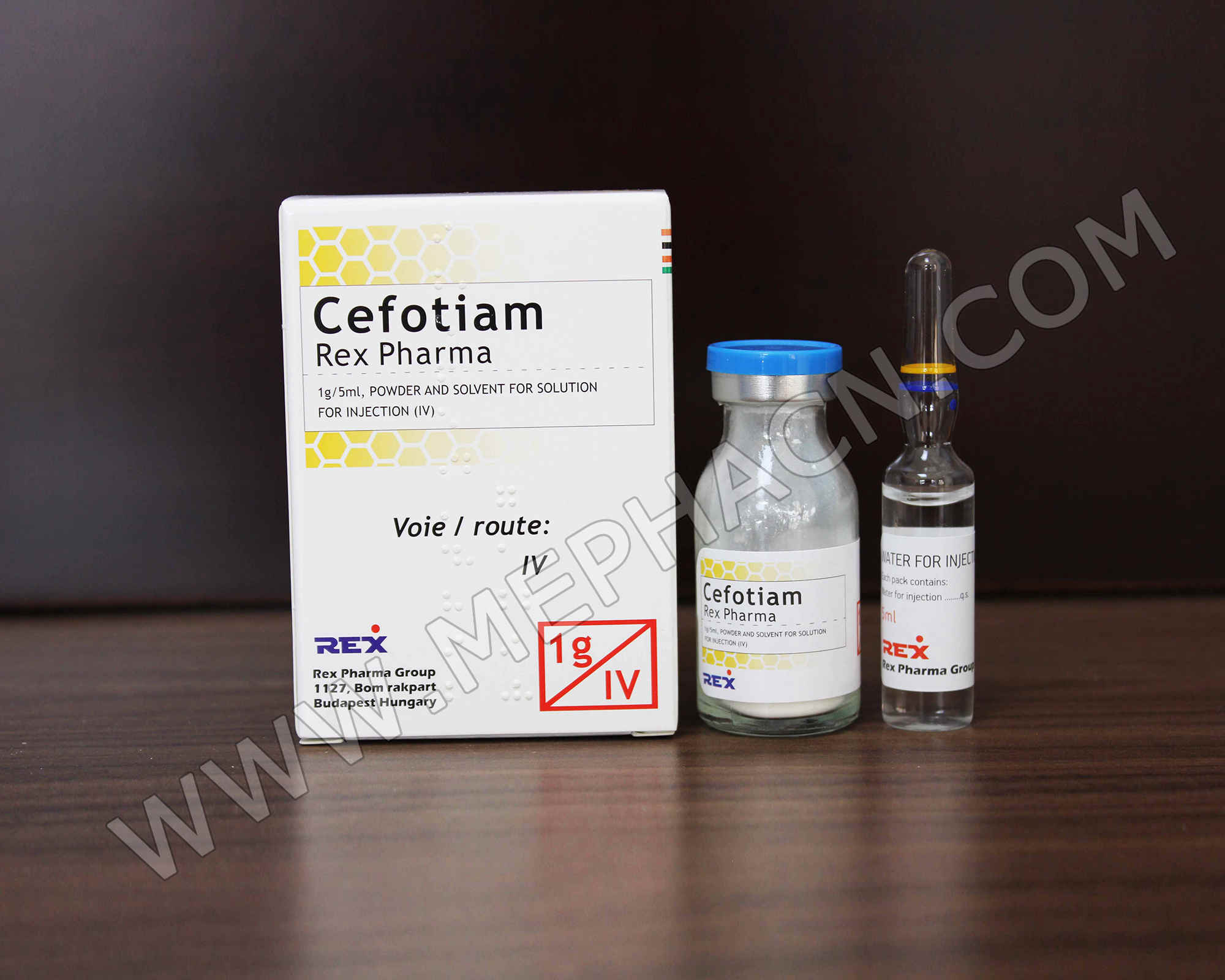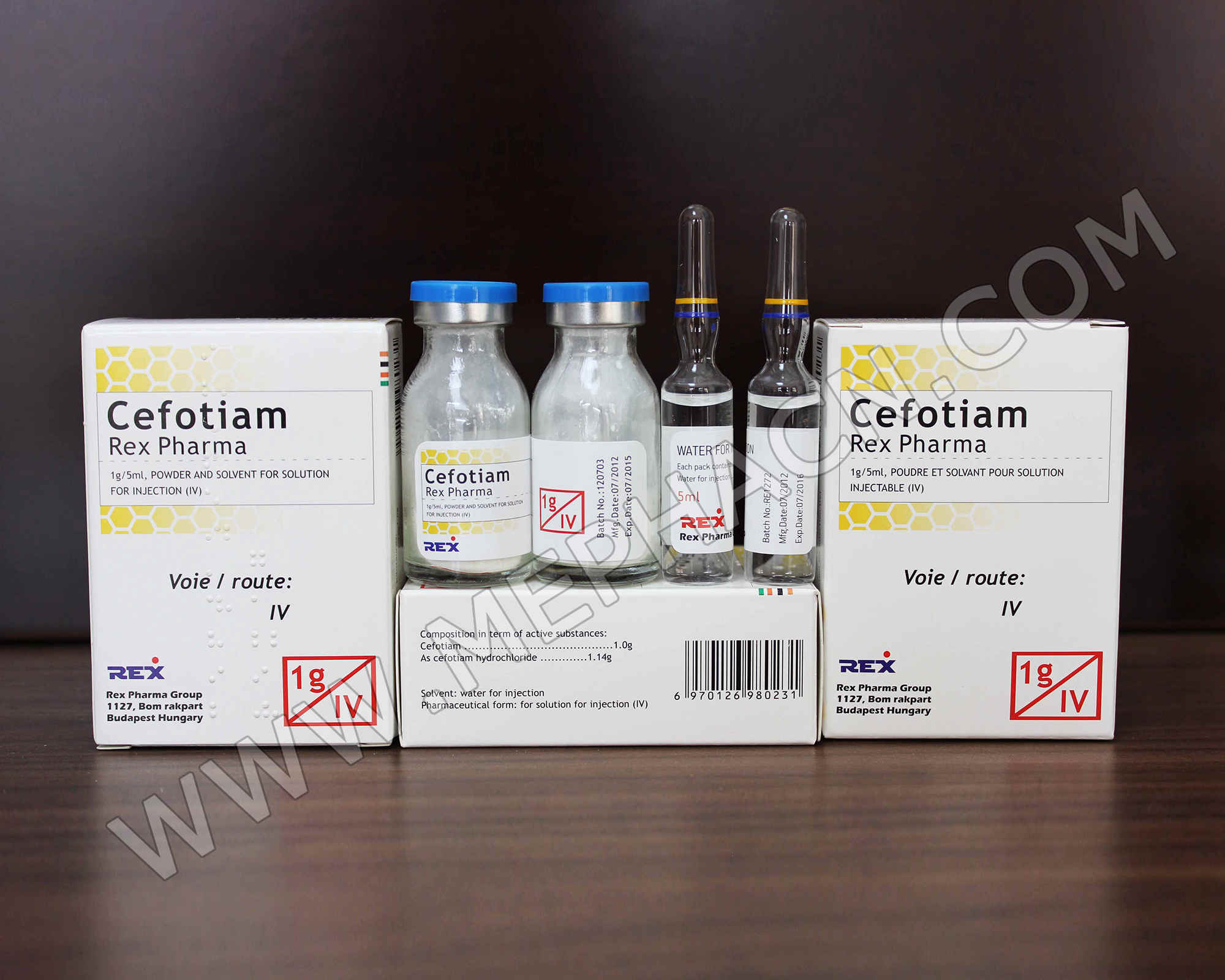Cefotiam for injection 1g
1. Product name: Cefotiam for injection
2. Specification: 1g
3. Package: 1 vial+1 solvent/box
4. Shelf life: 36 months
5. Registration dossiers are available.
If you are interested in our products, please feel free to contact us.
1 What Cefotiam hydrochloride for injection is and what it is used for
Cefotiam hydrochloride for injection occurs as a white to light yellow crystalline powder.It is indicated for the following infections caused by staphylococcus, streptococcus (except enterococcus), pneumococcus, hemophilus influenzae, Escherichia coli, Klebsiella, enterbacter, citrobacter, proteus mirabilis, proteus rulgaris, proteusrettgeri, and Morgan's bacillus, which are sensitive to the drug.These infections include: septicemia, postoperative infection, infection of burn, subcutaneous abscess, swelling, furuncle, osteomyelitis, suppurative arthritis, tonsillitis (periodontitis of tonsil, peritonsillar abscess), bronchitis, bronchiectasis
coinfection, pneumonia, pyosis of the lung, pyothorax, cholangitis, cholecystitis, peritonitis, pyelonephritis, cystitis, urethritis, prostatitis, meningitis, endometritis, pelvic inflammatory disease, parametritis, adnexitis, bartholinitis, otitis media, and sinusitis.
2 How to use Cefotiam hydrochloride for injection
Dosage and AdministrationUsually, the dose to adults is 0.5g-2g, two to four times daily; while the dose to children is 40-80mg, three to four times daily, both through intravenous injection. Dosage adjustment may be needed according to patients'age and different symptoms. To adult patients with septicemia, the daily dose can be increased to 4g, while to pediatric patients with critical illness or incurable infections like septicemia, cerebrospinal meningitis, the daily dose can be increased to 160mg/kg. Dissolve the drug in sodium chloride or dextrose infusion before intravenous injection. In addition, add 0.25-2g of the drug to sugar, electrolyte and amino acid solution and intravenous drip within 30 minutes to 2 hours, while dosage administrated to children can refer to the above-mentioned dosage above. When added to fluid infusion, the period of intravenous injection is within 30 minutes to 1 hour.
3 Possible side effects
Shock: Because shock symptom occasionally occurs, attention should be paid to observe after administration.If symptoms such as discomfort, paresthesia in the oral cavity, stridor, dizziness, sense of defecation, tinnitus, sweating occur, stop administrating.Anaphylaxis:If anaphylaxis such as rash, urticaria, erythema, itching, fever, enlargement of lymph glands, and arthralgia occur, stop administrating and deal with them properly.Superinfection:Stomatitis and candidiasis occasionally occur.
Avitaminosis:Vitamin K deficiency(such as hypoprothrombinemia,bleeding tendency), and vitamin B deficiency(glossitis,stomatitis,inappetence and neuritis)occasionally occur.
Others:Dizziness,headache,lethargy and numbness occasionally occur.
4 Storing Cefotiam hydrochloride for injection
Store in a cool, dark and dry place(the temperature is below 20), tightly closed.






